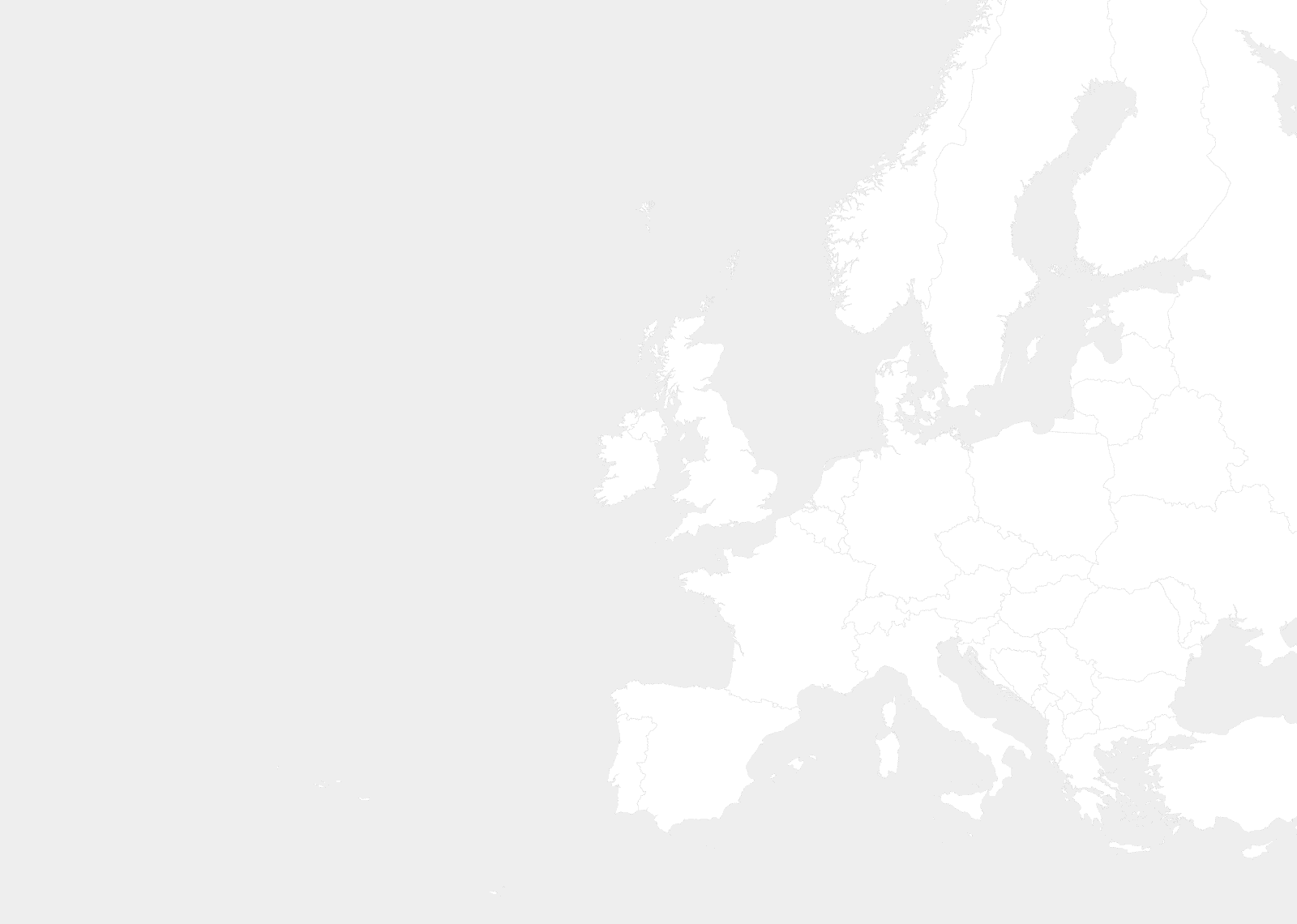We are thrilled to announce the second round of funding of the Digital News Initiative Innovation Fund, Google’s €150m commitment to spark new thinking and give European news organisations of all sizes the space to try some new things, experiment and innovate in the digital space. Today, project leaders are being notified of funding offers that total €24 million to 124 projects originating from 25 European countries.
In October 2015, we issued the first call for applications to the Digital News Initiative Innovation Fund. Since that time our team has had the opportunity to speak to thousands of ambitious European newsrooms, individuals, traditional publishing houses, startups and academics and to discover the stunning amount of research and development going on across the news sector here. With today’s funding announcement, the Digital News Initiative Innovation Fund has so far distributed €51M to these efforts, and we’re just getting started.
In this second round of funding, in addition to the main criteria of impact, innovation and project feasibility that were set out as parameters from the outset of the Fund, we looked for projects focused on collaboration. The projects that stood out prioritise collaborative approaches between publishers, academics, designers and entrepreneurs, both within a single country and across Europe.
We received more than 850 project submissions from 25 countries, and of the 124 projects funded today, 43 are committed to the spirit of collaboration and partnership. And among the 30 Large projects selected for funding, 15 are collaborative. We see this collaboration--across countries, across newsrooms and across specialties--as an amazing display of the intent to energise the European news ecosystem with new ideas, new technologies and more.While the list is long--happily so--a few projects are highlighted here as a sampling of this funding round:
Spiegel Online - Germany - in collaboration with Institut für Spielanalyse & TU München
What happens when you mix sports reporting and data science? With EUR 689,116 from the DNI, Spiegel’s collaborative project aims to create an entirely new way for readers and journalists to experience and analyze soccer games. With a goal of using new approaches in data collection, data interpretation and player analysis, Spiegel Online plans to help fans become experts--using novel applications of artificial intelligence.
Corriere della Sera: The Vocal Bot - Italy
With EUR 300,000 in funding, Corriere della Sera will pursue the design of a digital assistant where Corriere della Sera can answer users’ news-related questions on a variety of devices. The ambition is to be able to answer natural language queries such as “Please, tell me the latest on the Brexit” or “Who won today’s GP?.” The “Digital Assistant” will read headlines and articles, search Corriere della Sera’s archives, and scrape the publisher’s digital content for material.
Le Temps SA - Switzerland
The industry agrees that exceptional content increases loyalty and engagement. So with EUR 45,000 in funding, Le Temps is pursuing a tool to resurface and republish the newsroom’s best ‘evergreen’ articles when they relate to current events. Called “Zombie,” the tool will analyse articles on Le Temps’ website using data from both Chartbeat and Google Analytics and apply a score to each piece. At the same time Zombie will analyse web activity for trending topics--which can be matched to Le Temp’s database of content. If so, the tool will alert the newsroom.
The full list of projects offered funding to date can be found at digitalnewsinitiative.com/fund. The Fund is one arm of the Digital News Initiative, which today meets for its annual conference in Berlin. The two additional pillars of focus are Research & Training and Product Development that includes the Accelerated Mobile Pages project and the YouTube Player for Publishers.
The Digital News Initiative now counts 180+ members from across the European news industry and is focused on three pillars of advancement: product development, research and training, and the funding of new journalistic approaches via the Fund.